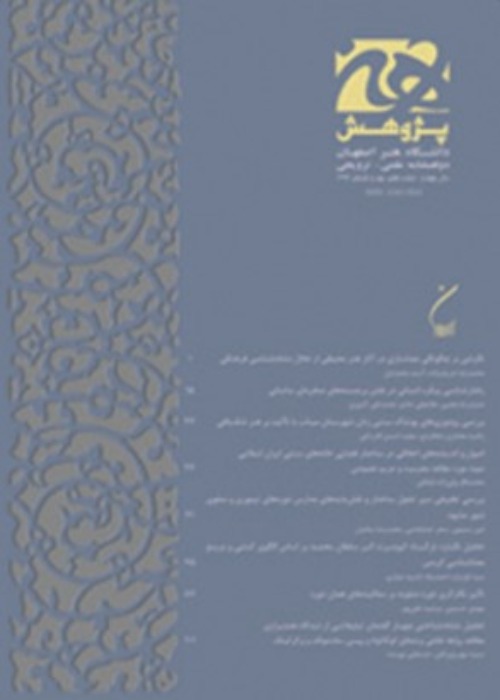The Explanation of the Status of Aesthetics of Everyday Life in Kant’s Critique of Judgment
Kant’s views on beauty are given in his book, The Critique of Judgment. In this book, instead of focusing directly on the aesthetic experience, Kant relied on the aesthetic judgments of beauty. He considers the sentences he dealt with as propositions attributing beauty to things. He divides his discussion about them into four moments: quantity, quality, relation, and modality, which means clarifying their essential nature under distinct aspects. The problem of the present article is to examine Kantian’s four moments of the beauty and the possibility of using them to enrich the concepts raised by the aesthetics of everyday life. As such, in this article, these four moments and the relationship between these four moments and the aesthetics of everyday life have been discussed. In fact, the current research, using the descriptive-analytical method, intends to answer the question that what is the relationship between the sentences regarding beauty in Kant’s view and the concepts raised in the aesthetics of everyday life? In Kant’s view, aesthetic judgments do not refer to a specific object or a property of it, but to the state of the mind itself, which is caused by the free play of imagination and understanding powers and subjective awareness of it. This reaction as a subjective feeling can be related to one of the most important missions of the aesthetics of everyday life, that is, to discover the hidden potentials behind the ordinary facade of daily life. Cultivating the capacity and sensitivity to illuminate very familiar things, the ability to gain a new aesthetic experience and enrich one’s life in this way is one of the important roles of everyday life aesthetics. Another feature that makes Kant interesting is that, unlike many later writers, he did not limit aesthetics to nature and art. Furthermore, in Kant’s views, the aesthetic experience is the result of the pain that comes from judging that the objective is ugly. This can also be related to the negative aesthetics that are raised in the discussions related to the aesthetics of everyday life.
- حق عضویت دریافتی صرف حمایت از نشریات عضو و نگهداری، تکمیل و توسعه مگیران میشود.
- پرداخت حق اشتراک و دانلود مقالات اجازه بازنشر آن در سایر رسانههای چاپی و دیجیتال را به کاربر نمیدهد.



